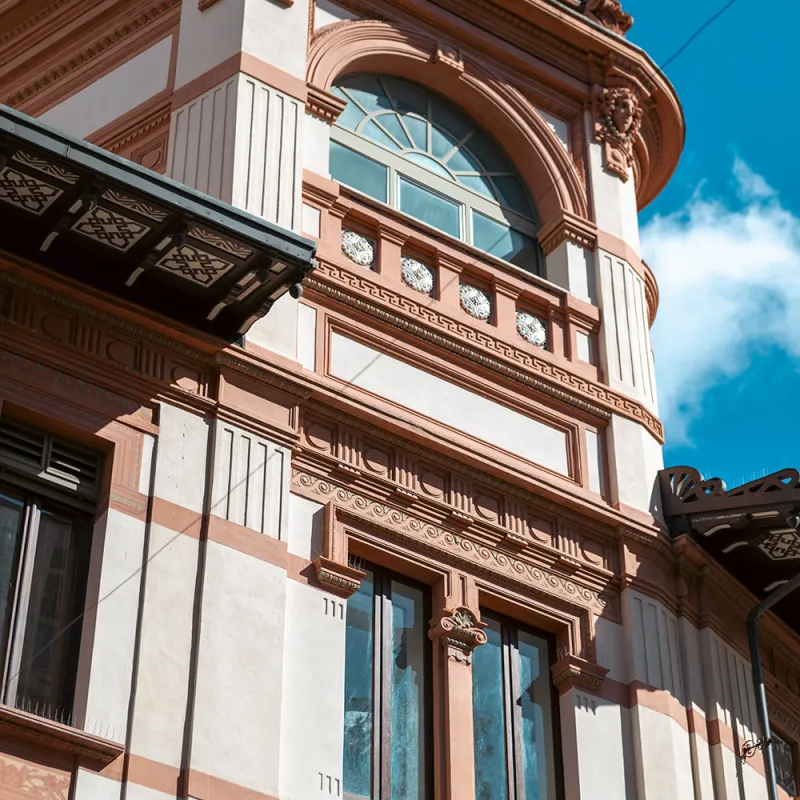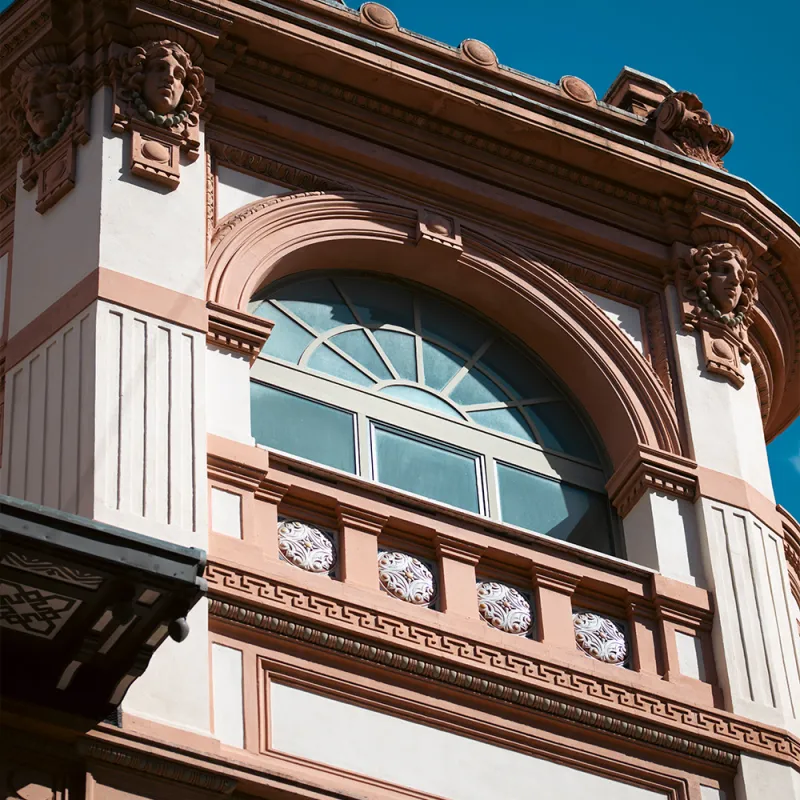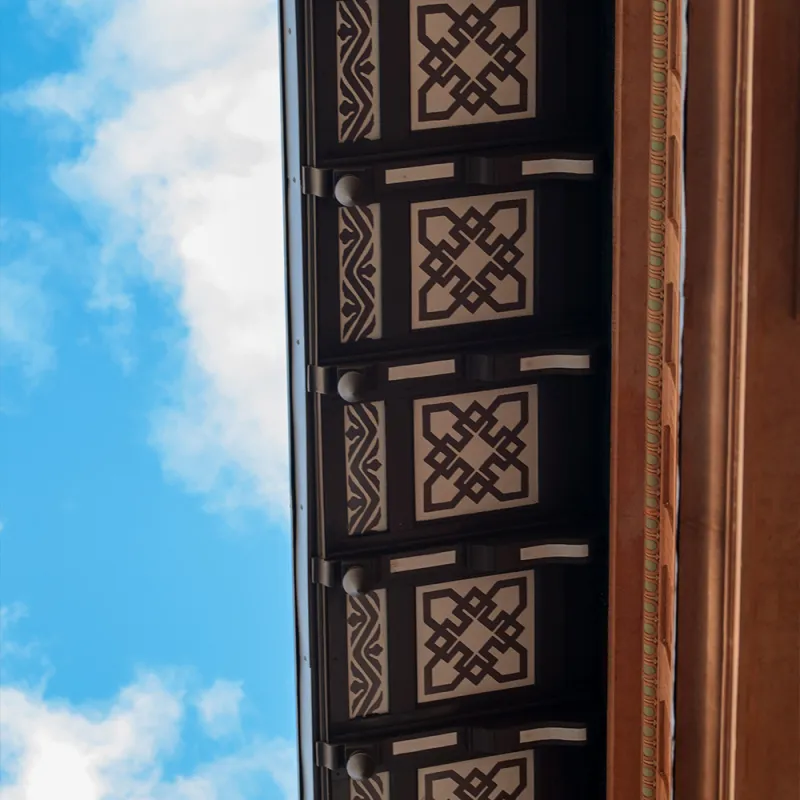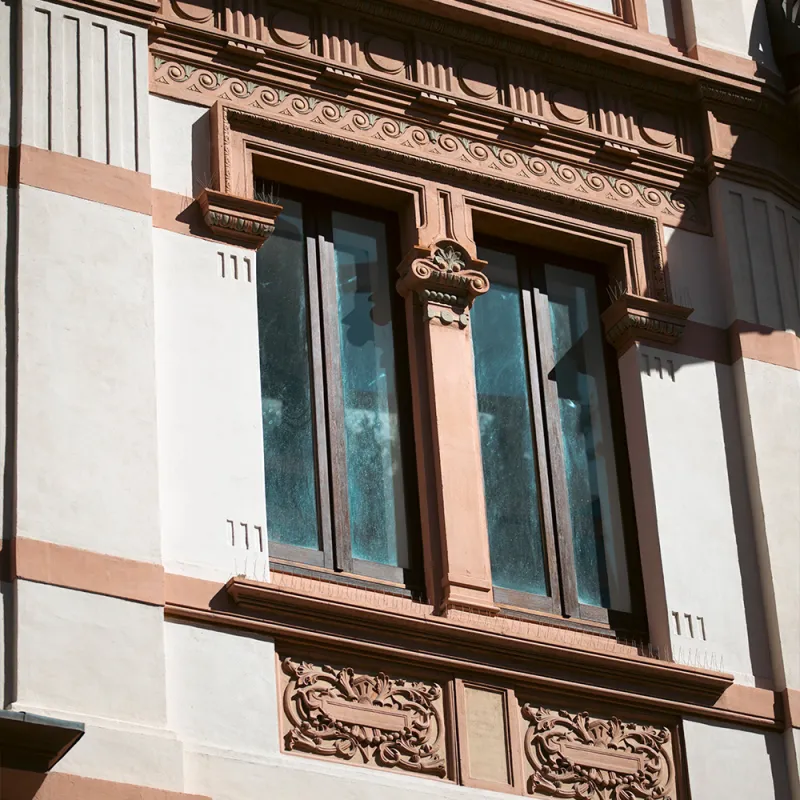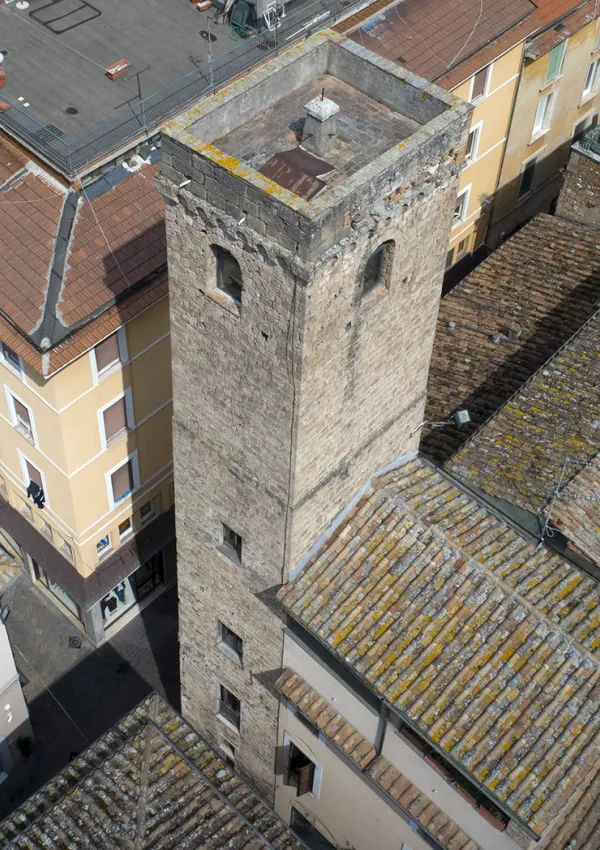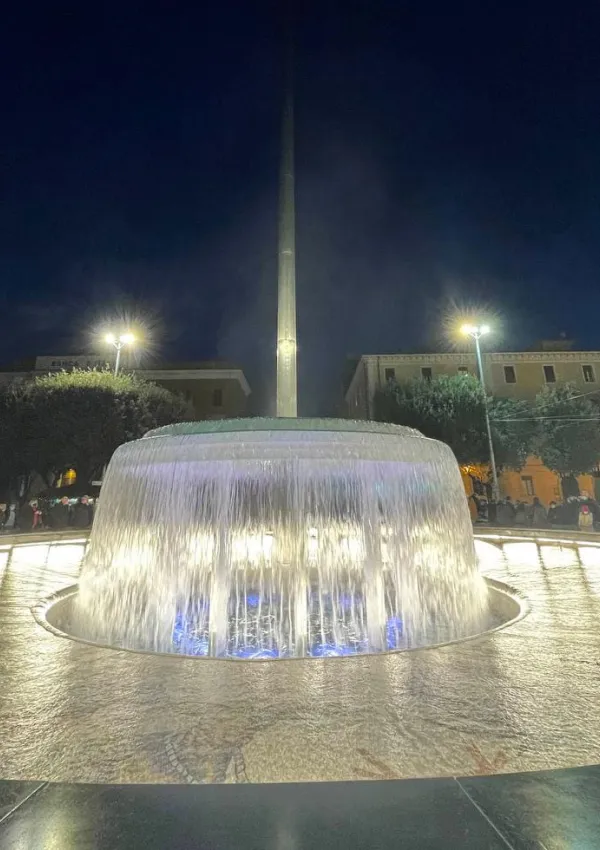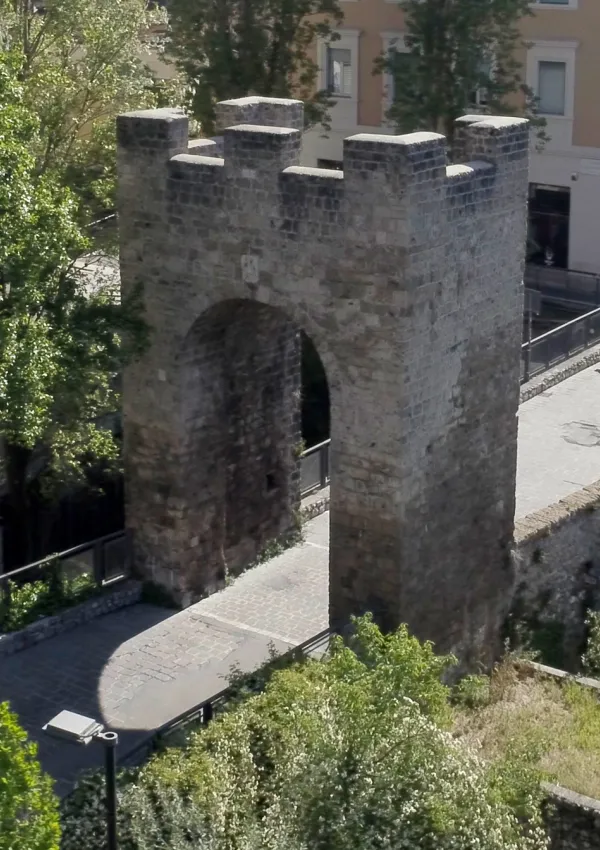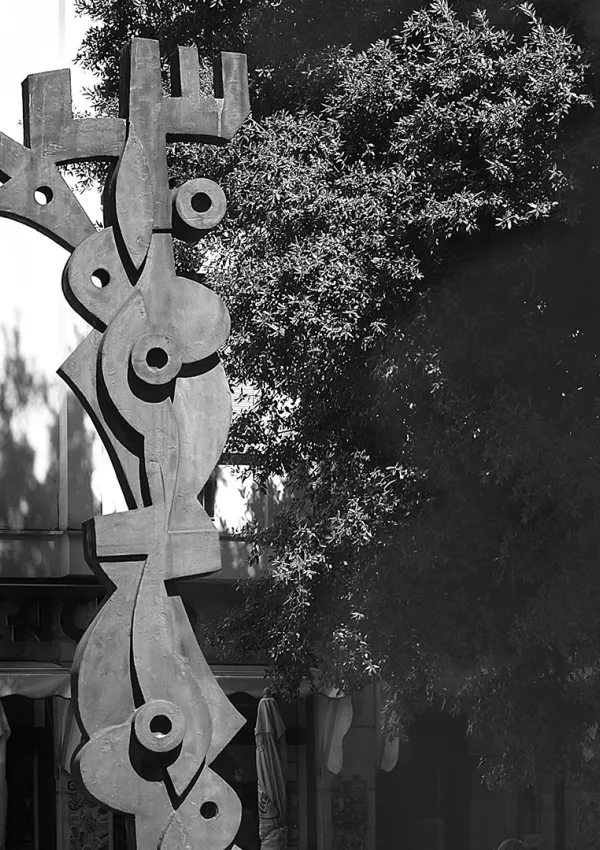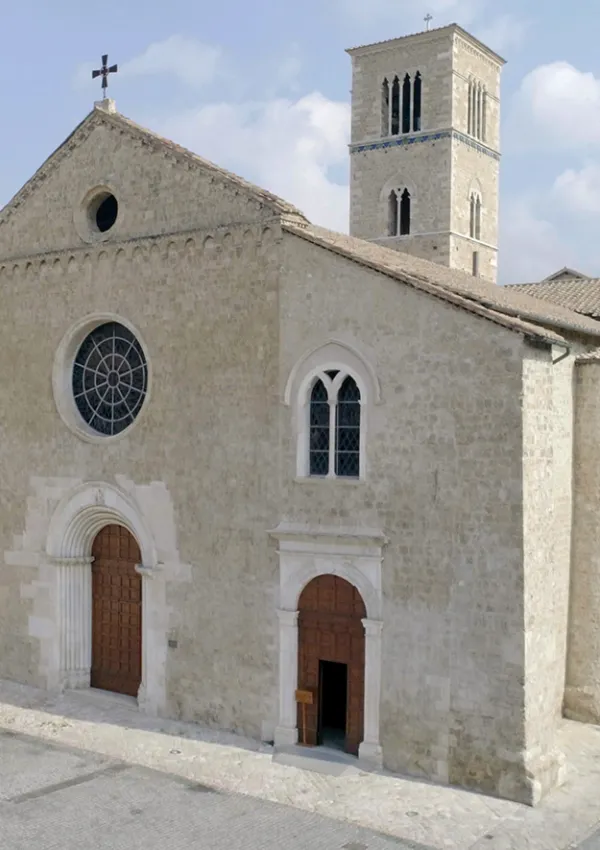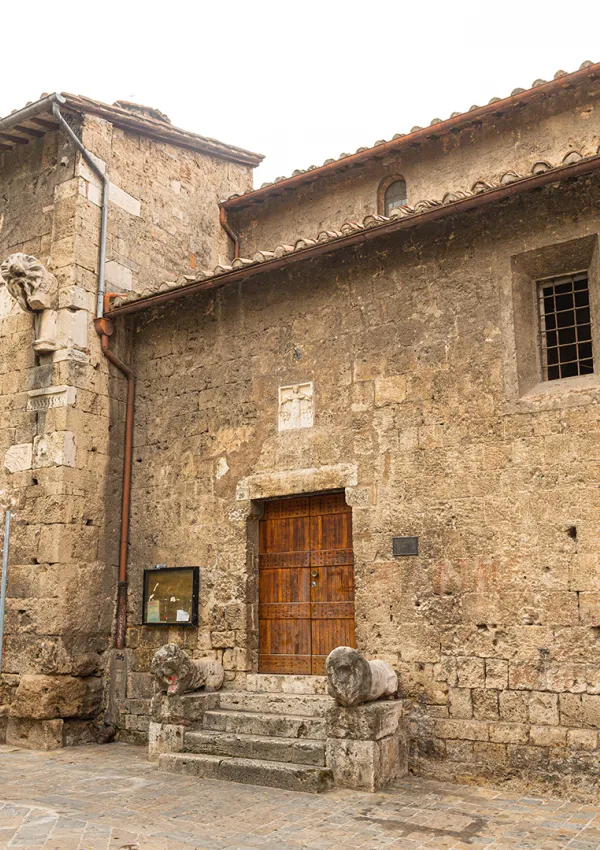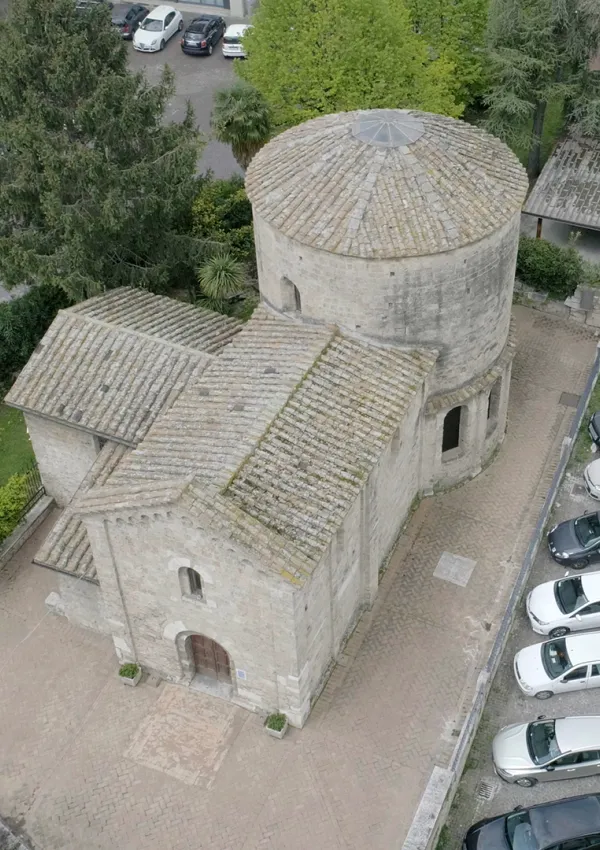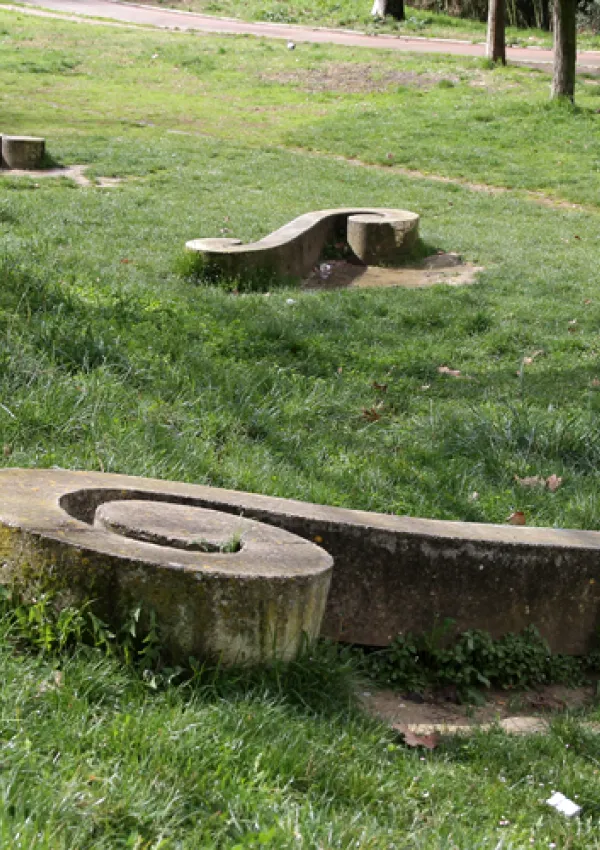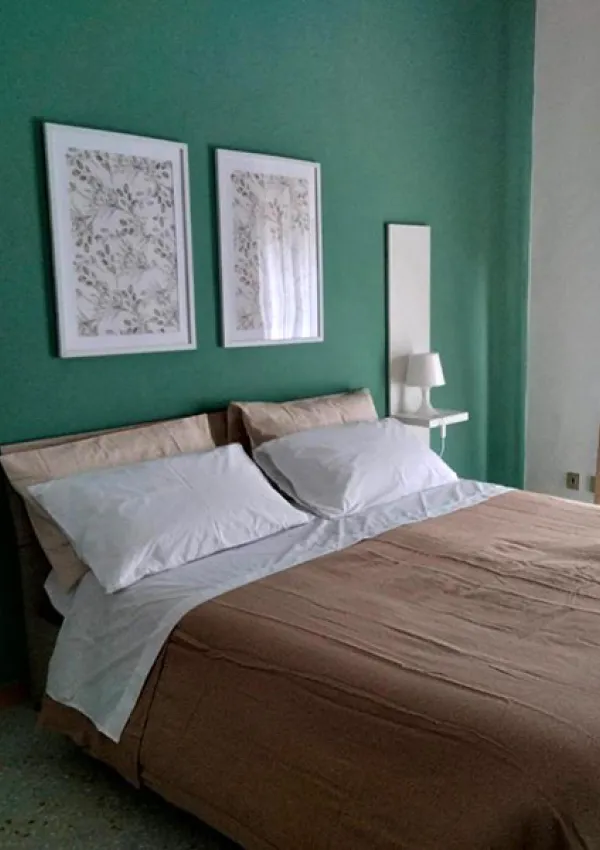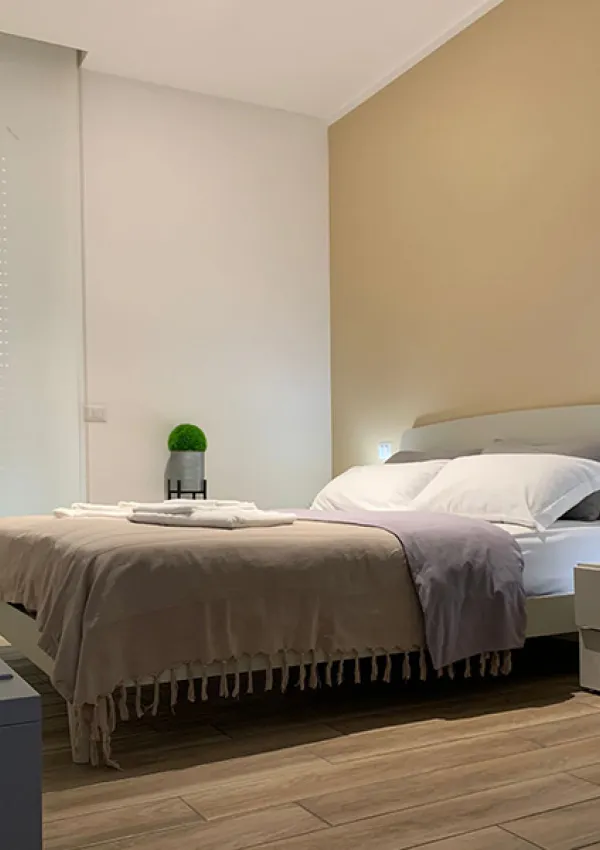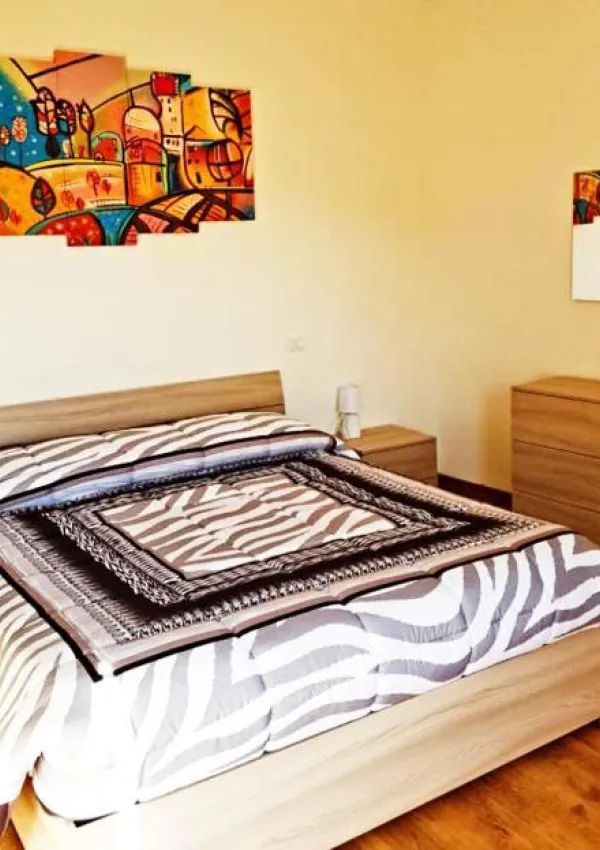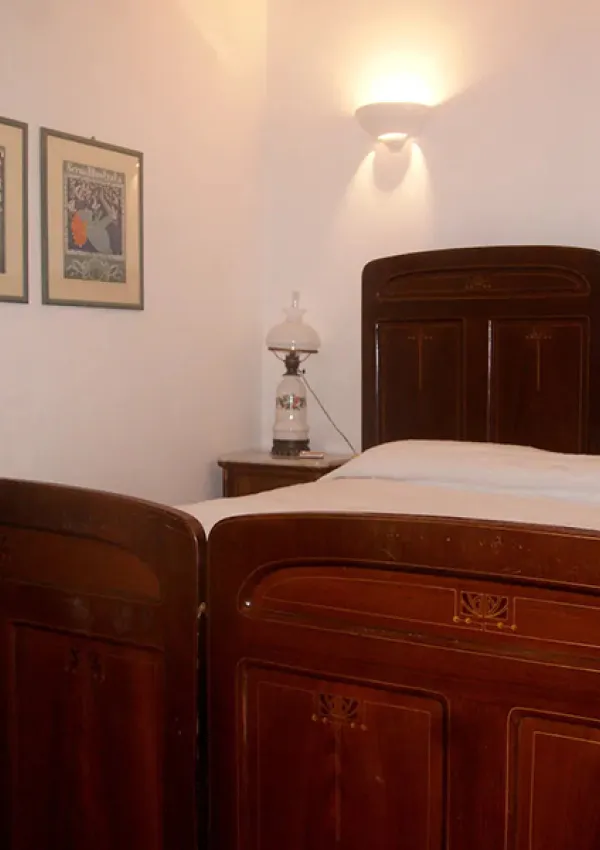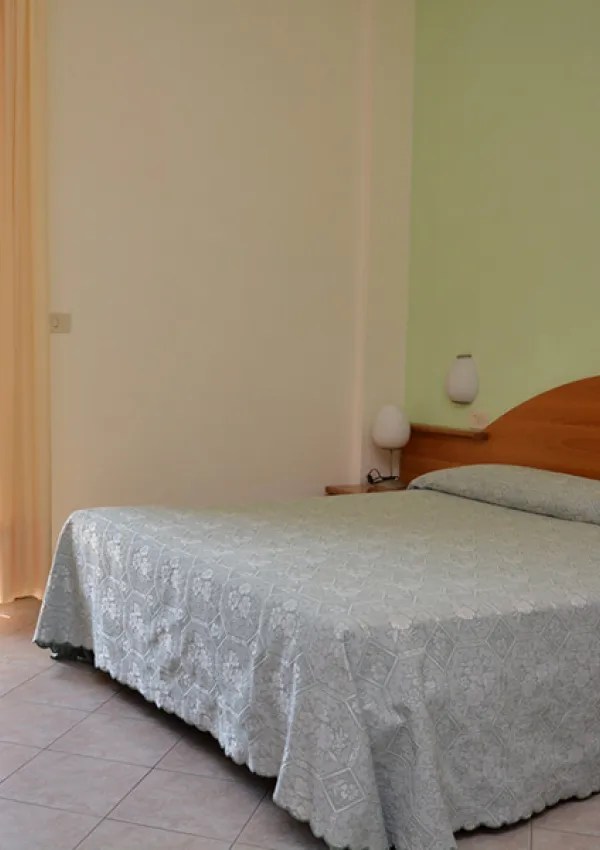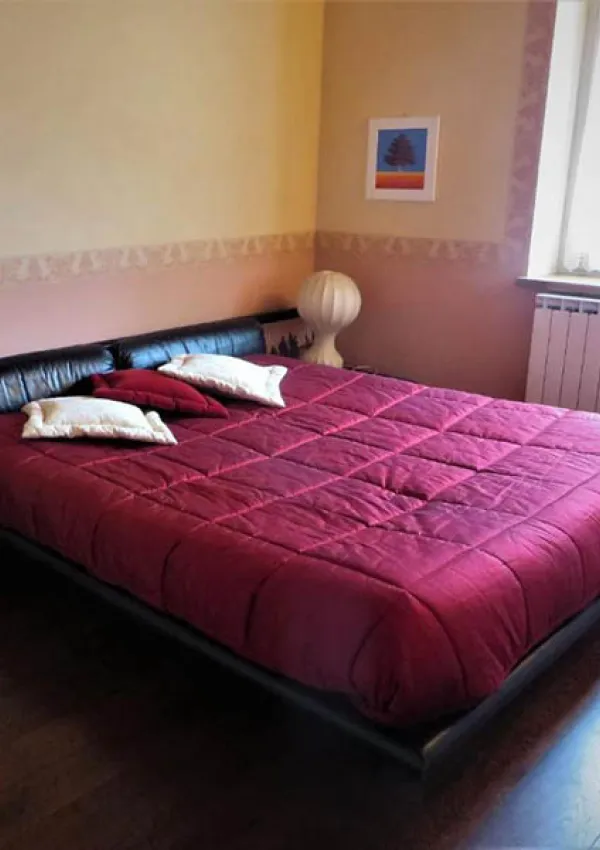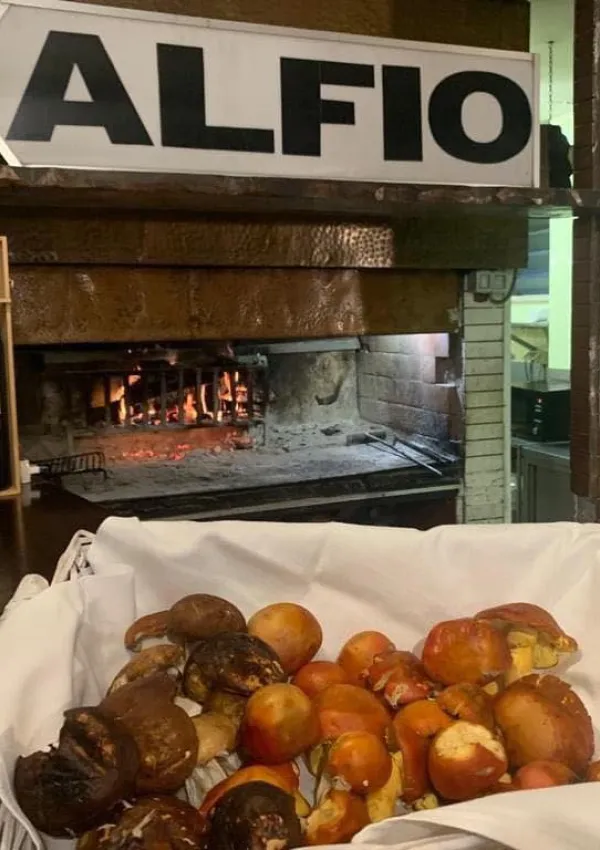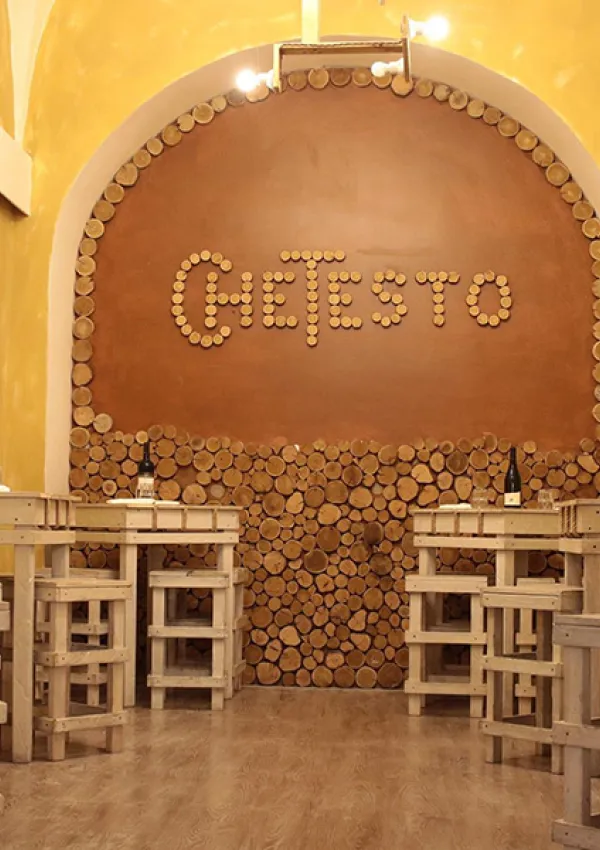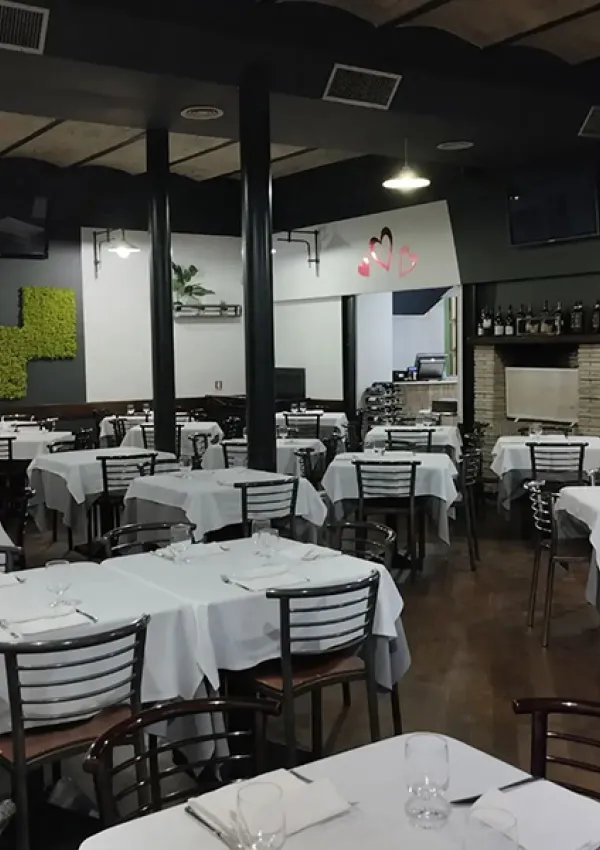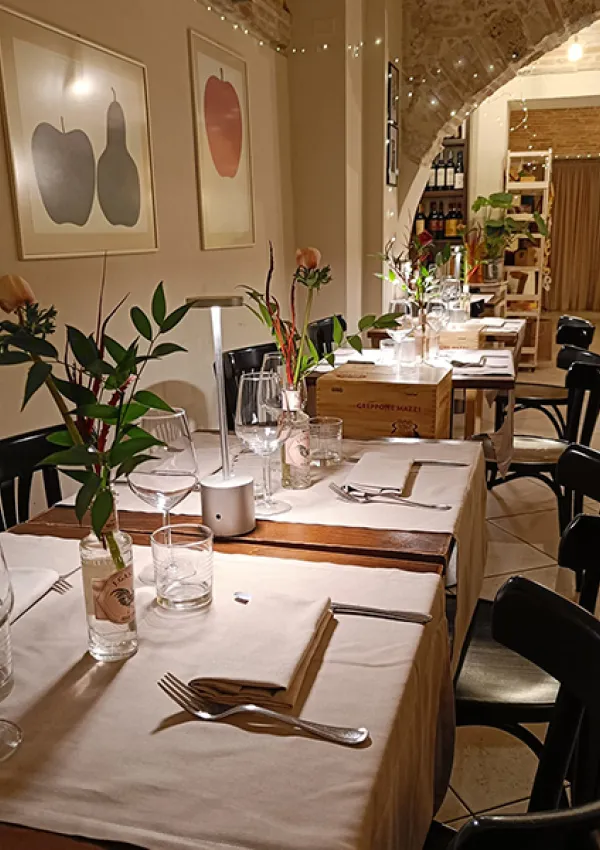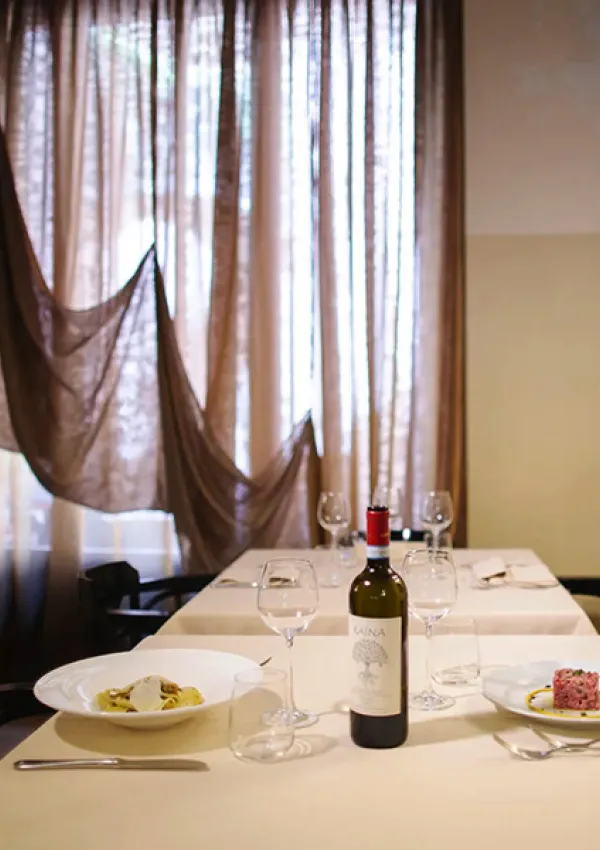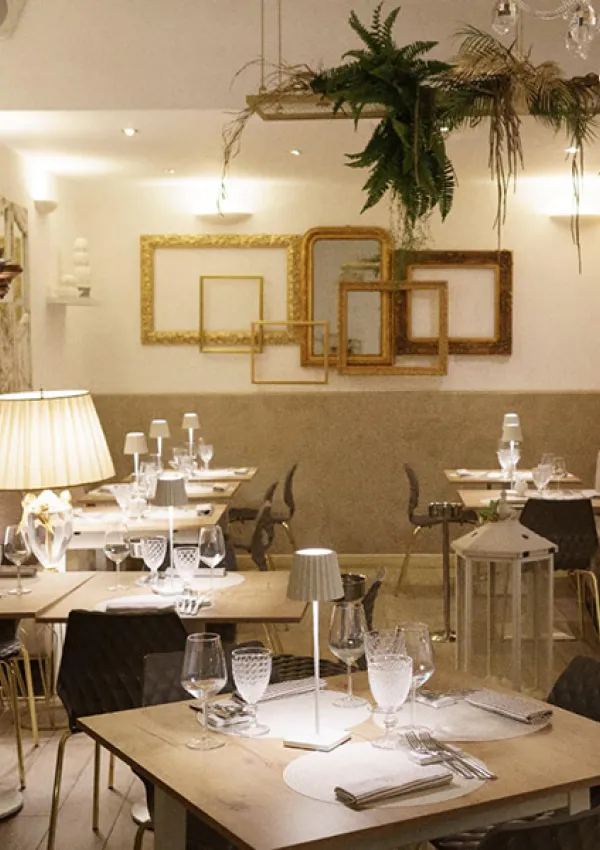Palazzina Alterocca
Therefore, when he decided to erect a building on Corso Tacito, the city’s main street recently constructed by the municipal administration, he thought of something audacious to make an impact but that could at the same time accommodate some of his business activities. An executive building, in essence.
He therefore entrusted the project to the most sought after architect of the time (1901), Cesare Bazzani.
So, Bazzani was presented with an opportunity to create a building that combined the classical tendencies so dear to the designer, with some Art Nouveau elements, according to what was quite fashionable at that time.
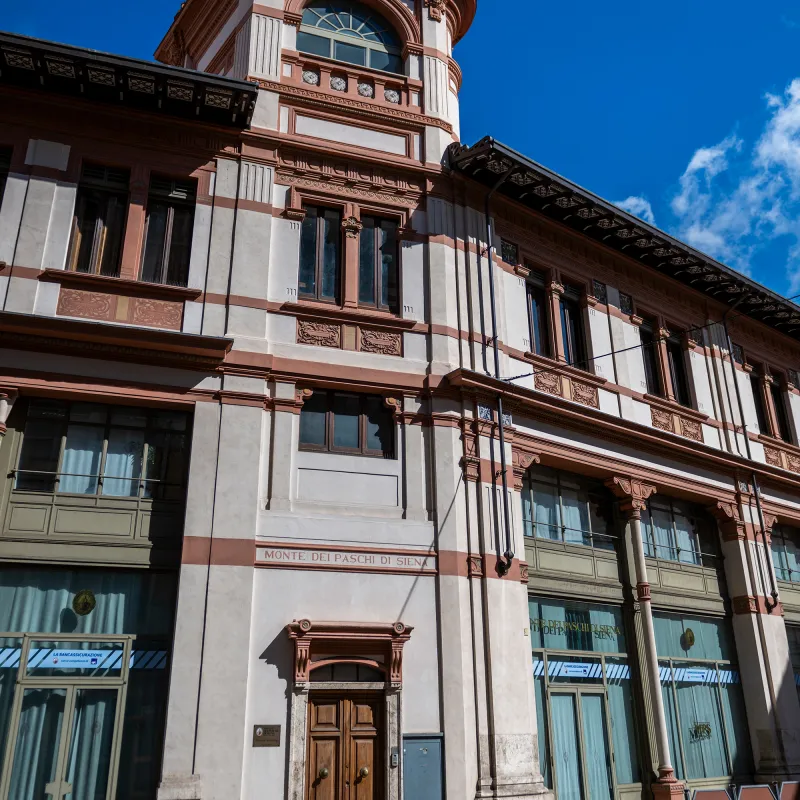
The result was the Alterocca building, which linked the offices from which the company administered all its initiatives, starting with a bookshop and ending with an operative system that regulated the city’s telephone network, which Alterocca himself managed. Indeed, the need to house ultra-modern technical facilities, provided the designer with an opportunity to insert an extra decorative element, the telephone tower that was built on the opposite side of the building from Corso Tacito. Bazzani drew inspiration from the bell-towers of some Baroque churches in the building of a structure which still had a certain link with a modern element, the telephone network (Terni was one of the first cities in Italy to have one). That tower remained in use for telephone facilities until the 1980s.
Obviously, part of the building was destined for the Alterocca family’s residence.
An example of eclectic architecture, the most consistent in Terni, it is a building erected on pillars made of cast iron columns, with large windows and decorated with floral motifs. Further innovation inserted by Cesare Bazzani included building a structure on the corner of two streets with two different perspectives, almost giving the impression of being in front of different buildings if looking at it from one street or the other.
The outside of the Alterocca building; which was Cesare Bazzani’s first opportunity to work in Terni, has been well looked after over the years and has been adapted for use by a bank, still on the premises today.
